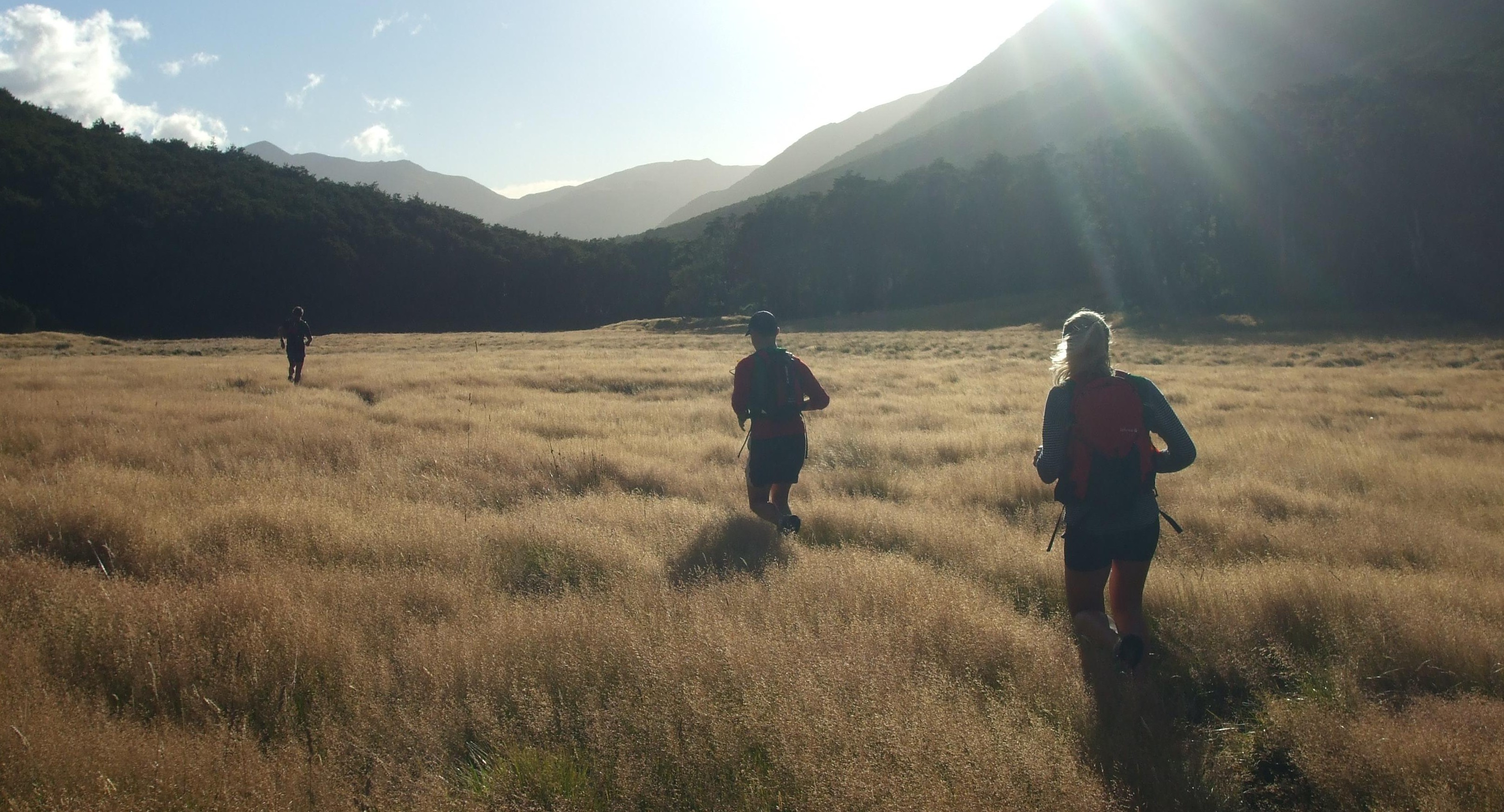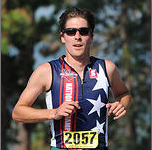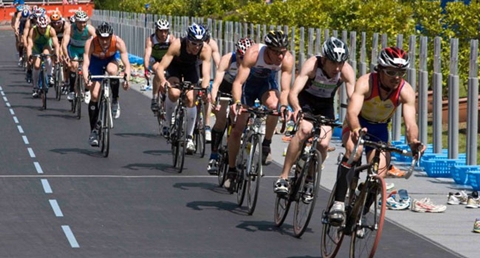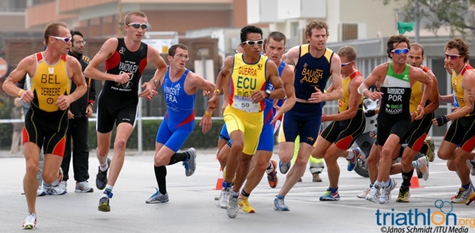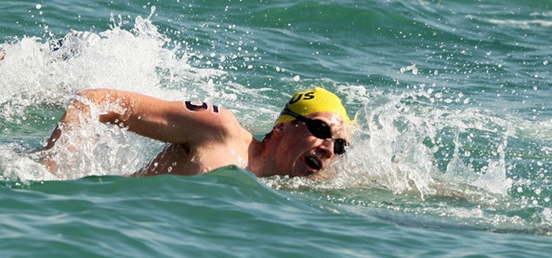How Trail Running Enhances Running Performance, Prevents Injuries and Improves Mental Health
Get out of the road!
About three years ago I made a fundamental switch in my running routine and started training almost entirely on trails. Part of the change was an effort to recapture the spirit of my cross-country days and part of it was an effort to improve my efficiency as I got older. Most of all, I was trying to reduce the likelihood of an injury while maintaining a busy travel and racing schedule.
In previous postings I put forth two rules that I follow when starting or maintaining a routine, The Two Week Rule for Running and Running with Consistency to Run Faster. Trail running is my third rule: do as much of your running volume as possible on trails. You’ll get faster and reduce the likelihood of injury.
Running Performance
One of the hidden benefits of hitting the trail is the efficiency you’ll gain in your stride from the undulating nature of the surface. Roads are essentially the easiest paths from point A to point B and once they are surfaced, they allow us to get to our destination in the safest, most expedient way possible. But for runners, they normalize our strides and lock us into speed as the major variable and neglect the synergistic benefits of uneven surfaces. The only real change you can make is how fast you run the route. By incorporating trails into your routine, you’ll begin to realize the benefits from the neuromuscular development in your running stride as the body adapts to a constantly changing surface. Like a swimmer that makes minute adjustments in their stroke to gain efficiency, a runner will adapt to the physical topography and rigors of the trail. Ultimately, your stride will become more explosive and likely elongate in the process. You’ll strengthen synergistic muscles and develop your core as the body adapts to each changing footfall. Once you get back on the road in race, for example, you will notice how much easier it feels and how much more you are getting out of each stride.
Another fundamental shift in my training was moving speed work off the track and onto the trail. The track is great for getting data with respect to quarter times or the occasional time trial, but essentially all your speed and tempo work can be done on the trail. What is important is that you put the effort in like you would on the track (lower your pH appropriately-the reason you do speed work). Try doing a workout on the trail by shifting your focus from distance to estimated time intervals. I will get into this in a different article.
Physical Health
Injury prevention may be the best reason to switch to trails. Back in my running shoe days, studies showed that a person can transmit as much as 4 times their body weight with every pounding footfall. Axial stress over time will increase bone density, but eventually, depending on your genetics, it can also wreak havoc. Stress fractures are the obvious result from pounding, but the weakened and fatigued connective tissue and muscles from the road can also keep you off your feet. Trails will reduce that pounding enormously. It seems obvious, right? It is.
If you have to run on the roads, choose blacktop over concrete. Concrete is hard and dense and will destroy your legs. Blacktop will absorb some of the energy concrete transmits back up your legs. If you donít have the luxury of a trail out your door, make the effort to get to one at least once a week.
Yes, you do need to acclimate to the trails. Energy is absorbed quite a bit and youíll have to work a little harder initially, so plan accordingly. You also donít want to run alone if you are worried about your safety or twisting an ankle. Let people know where you are going to be and how long you expect to be running.
Mental Health and Sanity
The single biggest factor for killing consistency in my routine is boredom. Hitting the trails goes a long way to rekindling the fire. I have the luxury of getting to all the trails I need within 30 minutes, so I make the effort to get away from the office and the city and reset. Productivity at work is positively affected and I am probably a better father for it as well.
Summary
1. Add at least one trail run a week.
2. If you run exclusively on trails, spend a little time on the road to test your progress.
3. Donít run alone or at least let people know your plans.
4. Know the trail and watch your footing to keep your ankles intact.
5. Try doing your speed work on the trail.
Chris Harig is competitive runner, multisport athlete, and coach based in the
Seattle area. In 2007 and 2008, he was the top American at the ITU Duathlon
World Championships.
More about Chris Harig.

